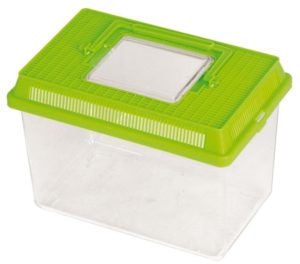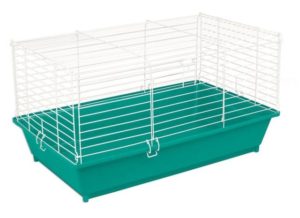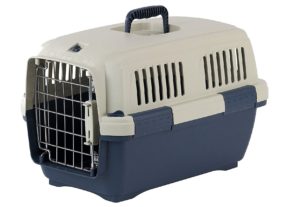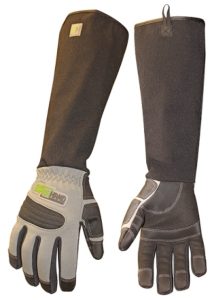We want to help you be the best at what you do!
This section of the website will guide you through the process of transporting while offering tips on what to pack and how to handle your precious cargo while keeping everyone involved comfortable and safe!


Getting Started
Review and/or sign and return to Diane Honer:
- Transport Protocols (read over)
- Questionnaire/Sign-up (fill out)
- RVS Wildlife Notice (fill out)
- Liability Waiver (fill & sign)

Transporting Wildlife
In-route and during transport help files:
- Transporting from Finder (finder fill out)
We Need You
Thank you so much for signing up to be a volunteer transporter for wildlife! All too often we have baby
wild animals desperately needing to get to a rehabilitator, yet no form of transport is available. We
appreciate you volunteering your services!

Tiny Tykes
From baby birds, buns and squirrel pups, to opossum joeys, these small and medium-sized “reptile” carriers are easy to find (pet stores & Wal-Mart), easy to clean and simple to store.

Strong Chewers
An adult squirrel can’t be left alone in a cat carrier (strong chewers). A folding wire cage like this for hamsters and pet rats will also keep a juvenile squirrel from squeezing through the bars. Cover 3-sides with fleece for privacy.

RVS & Birds
Cardboard boxes are best suited for adult birds while cat carriers and modified storage containers do well with raccoons, skunks and adult opossums. It provides the privacy they need with the ability to keep straw/hay contained, unlike wire cages.

Sanitation & Safety
Having the right tools for any job can ensure your success over failure. Once transport is complete, having the right sanitation routine will also keep you and your pet(s) at home safe.
